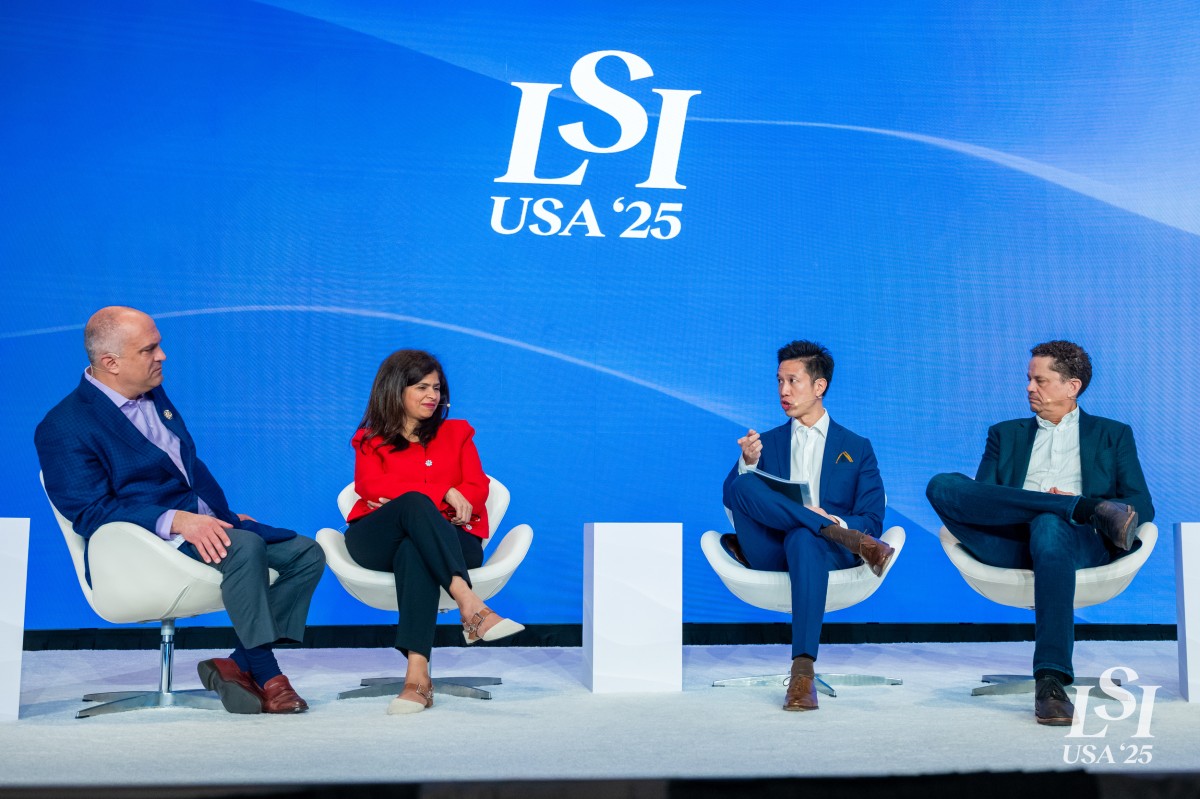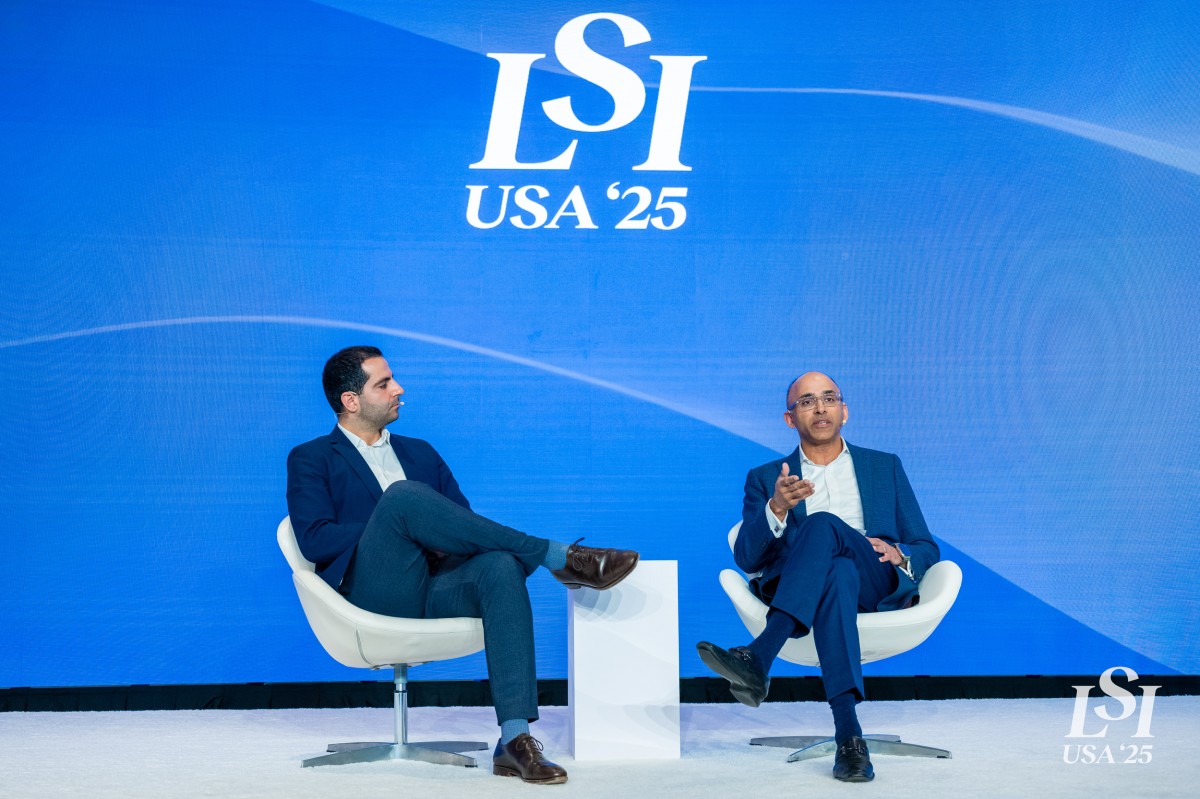
Bioconvergence—the interdisciplinary fusion of biology, engineering, and technology—is redefining healthcare innovation. This transformative approach was a central theme at LSI USA ‘24, where industry leaders shared insights into how bioconvergence is reshaping medical technologies, business models, and investment strategies. Here’s a deeper dive into key panel takeaways, highlighting its disruptive potential and the hurdles still to overcome.
Defining Bioconvergence: A Multidisciplinary Solution
Bioconvergence transcends traditional life sciences by integrating various scientific disciplines to tackle complex healthcare challenges. According to Assaf Barnea, Founder and Managing Partner of Sanara Ventures, “Bioconvergence is the convergence of biology with another domain related to engineering, such as software engineering or material science.” This approach enables groundbreaking solutions like drug delivery systems that cross the blood-brain barrier—an innovation previously unattainable with conventional biology alone.
The concept is more than a buzzword; it represents a new paradigm for innovation. In fields like regenerative medicine, bioconvergence powers advancements in organ printing, wearable biosensors, and neuro-therapeutics. These innovations pave the way for targeted therapies that would be impossible without interdisciplinary collaboration.
Technological Innovations and Business Models in Bioconvergence
Bioconvergence is driving technological innovations and reshaping business models across various medical fields, particularly in neuromodulation and neurotechnology. Suraj Mudichintala from Action Potential Venture Capital highlighted neuromodulation’s transformative potential, explaining how the technology redefines chronic disease management by targeting specific neural circuits.
He shared, “Pharma has been throwing molecular medicines at neurology for ages. Instead of thinking of neurological diseases as a chemical imbalance, we now consider them circuitry imbalances. Take Alzheimer’s, for example. The most recent science suggests it could actually be caused by changes in temporal activation of different mode networks in the central nervous system.”
This integration has led to breakthroughs such as implantable devices that provide targeted nerve stimulation, offering treatment options for conditions previously considered difficult to manage, such as chronic pain. Ariane Tom, founder of Collider Capital, added, “Advancements in neuroimaging and microelectronics enable precision therapies tailored to individual patients.” These innovations foster new business models extending beyond traditional medical devices, blending diagnostics, therapeutics, and real-time monitoring systems.
Challenges in Bioconvergence: Bridging Science and Business
While bioconvergence offers immense potential, its implementation is not without challenges. Early-stage companies must overcome technological, operational, and business hurdles. These complexities often stem from blending diverse scientific fields while crafting a compelling business narrative for investors.
Barnea stressed the complexities of merging disciplines: “There’s unique know-how that should be integrated into something which will work for a specific use case and eventually make such a disruption that it will be worthwhile to invest in.” The success of bioconvergence startups hinges on bridging the gap between cutting-edge research and scalable business models.
Tom expanded on this by highlighting how defining a company’s identity becomes complicated: “What kind of company is this? Is it a medical device company? A diagnostics company? Or a therapeutics company? As founders, you must be able to articulate this, as the term platform technology is used quite a bit.” This ambiguity can hinder investment, partnerships, and regulatory approval.
Regulatory and Market Barriers: The Roadblocks to Scale
Regulatory frameworks often lag behind technological innovation, creating friction for companies seeking market entry. Mudichintala pointed out, “The fundamental challenge with our healthcare system is that it does not necessarily reward innovation. The regulatory barriers, the need to get unique codes, and the need to develop payment that justifies investment are fundamental aspects of the product development process that are often misaligned.”
Securing reimbursement codes, FDA approvals, and CMS coverage for new technologies can be a drawn-out process. Companies must proactively address these hurdles by integrating regulatory considerations early in development. “We need to set up those business models and reimbursement strategies in line with what the service should be justifying,” Barnea added.
A lack of clear market pathways complicates financial planning for bioconvergence startups, forcing entrepreneurs to navigate uncharted regulatory waters with limited industry precedent.
Collaboration: The Role of Governments, Academia, and Industry
Effective bioconvergence requires seamless collaboration across academia, industry, and government bodies. Mudichintala stressed the value of aligning stakeholders early in the development cycle: “Having these kinds of issues in mind as you develop a product is critical.”
Government programs like the U.S. BRAIN Initiative, which injected $4 billion into neuroscience research, illustrate how public investment can accelerate innovation. Similarly, industry-academia partnerships help bridge the gap between theoretical research and commercial applications.
Barnea suggested, “We as an industry should aim to set up new gold standards… we can define new benchmarks.” This collaborative approach can create industry-wide standards, streamline regulation, and fast-track the adoption of emerging technologies.
Future Growth Areas in Bioconvergence: Neuroscience and Beyond
Looking ahead, the panel identified several high-impact growth areas within bioconvergence:
|
Future Growth Areas in Bioconvergence |
|
|
Neuroscience and Neurotechnology |
Emerging applications include brain-computer interfaces, neural implants, and personalized psychiatric treatments powered by AI-driven diagnostics. Advancements in microelectronics and neuroimaging are driving the development of precision neuroscience tools. |
|
AI-Driven Biological Insights |
Combining AI with computational biology holds promise for transforming diagnostics, therapeutics, and personalized medicine. AI-powered technologies are helping decode hidden mutations in oncology, enabling more effective cancer treatments and expanding therapeutic applications. |
|
Next-Gen Medical Devices |
Wearable devices that deliver real-time treatment based on biometric feedback are gaining traction. Wrist-worn neuromodulation devices and similar technologies are creating entirely new market segments within the medtech industry. |
Conclusion: Unlocking the Future of Bioconvergence
The full recording of the panel can be found in LSI’s resource hub at the link below:
Bioconvergence represents a new frontier in healthcare, blending technology, biology, and engineering to address previously insurmountable challenges. As regulatory frameworks evolve and industry collaborations deepen, the potential for breakthrough innovations will only expand.
Understanding these dynamics is essential for medical device investors and healthcare innovators to capitalize on bioconvergence’s transformative potential. The next decade promises groundbreaking advances driven by interdisciplinary collaboration, offering unprecedented opportunities to redefine healthcare delivery and improve patient outcomes.
-Joe-Mullings,-Andrew-ElBardissi,-Ramin-Mousavi,-Addie-Harris,-and-Josh-Makower.png)






